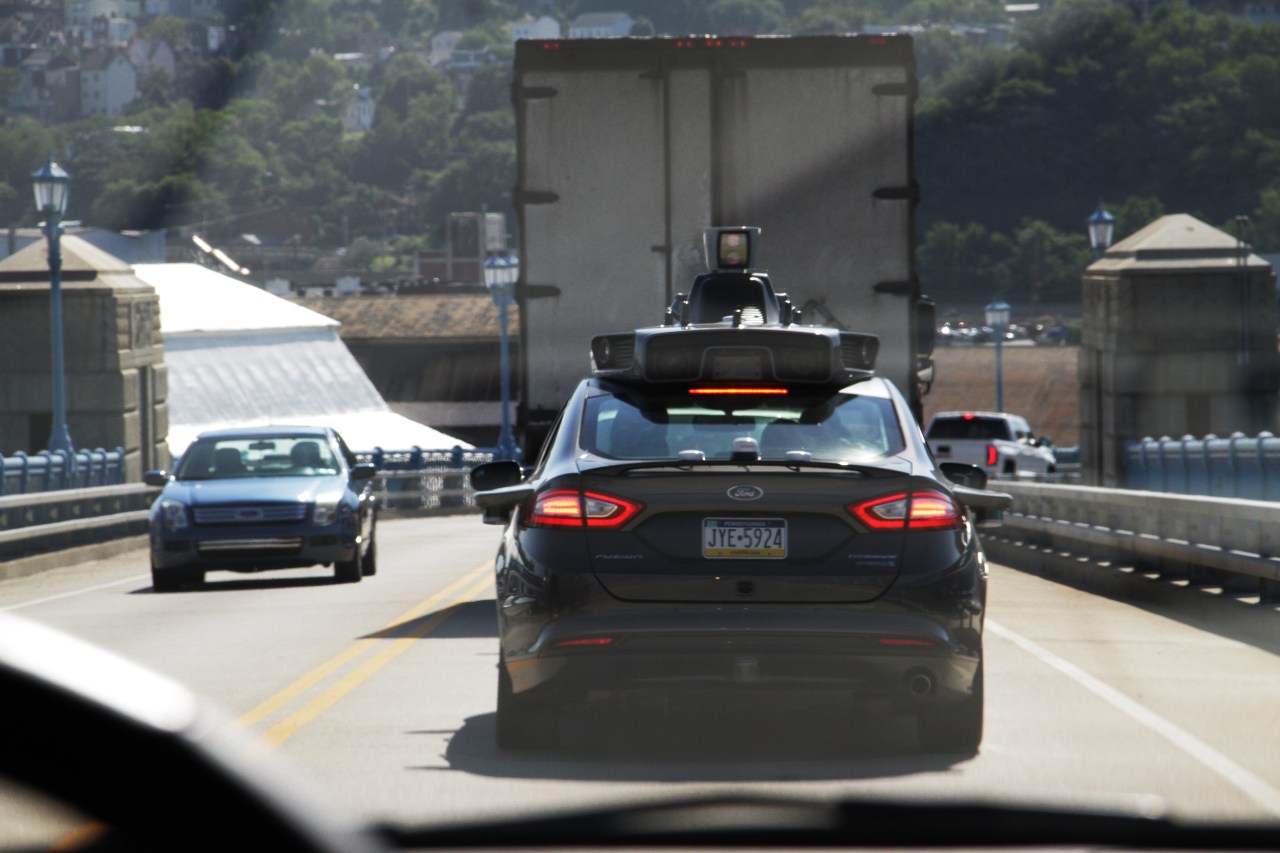In an era where technology leaps forward at an unprecedented pace, the dream of autonomous vehicles seemed to be within reach. However, the narrative took a sudden turn when Uber chose to ground its entire fleet of self-driving cars following an incident in Arizona. This decision stirred conversations about safety, technology readiness, and company accountability in the rapidly evolving landscape of autonomous vehicles.
What Happened in Arizona?
It all began with a dramatic scene in Arizona, where an Uber self-driving Volvo SUV was left flipped on its side after a traffic accident. At the time of the incident, the vehicle was operating in self-driving mode. Though no significant injuries were reported, the event raised eyebrows and triggered immediate action from Uber. Initially, the company suspended its pilot program in Arizona but quickly escalated its response by grounding its entire fleet across the United States, including in Pittsburgh and San Francisco.
The Immediate Impact of Grounding
- All autonomous testing has been put on hold, with vehicles parked until further investigation.
- Uber’s return to California’s roads after previous regulatory disputes is now clouded in uncertainty.
- Human drivers remain at the wheel during trials, but even that measure couldn’t prevent this incident.
The broader implications of this grounding are significant. With 12 vehicles testing in both Phoenix and Pittsburgh, Uber’s proactive approach to a potentially damaging situation exemplifies their commitment to safety—even when their technology wasn’t deemed responsible for the accident.
Contextualizing the Incident
In the world of self-driving technology, incidents like these are not unheard of. The local police’s preliminary investigation indicated that a conventional vehicle was at fault, failing to yield right of way. Yet, the repercussions for Uber were swift and extensive. This leads to an exploration of public perception and regulatory scrutiny as pivotal factors affecting technology companies like Uber.
A Deep Dive into the Public’s Trust Issues
It’s important to acknowledge that Uber has faced a series of challenges beyond technical issues alone. From navigating public relations disasters surrounding corporate culture to allegations of systemic sexism, these narratives compound the difficulties the company faces in rebuilding its brand. The decision to ground its autonomous fleet might have been as much about public sentiment as it was about safety.
The Road Ahead for Autonomous Vehicles
As the investigation into the Arizona crash unfolds, other companies in the autonomous vehicle sector are watching closely. This incident underlines the delicate balance between innovation and public safety. For the industry at large, it serves as a reminder of the importance of safety protocols and the perception of accountability.
Conclusion: A Cautious Path Forward
The journey toward fully autonomous vehicles involves navigating uncharted waters characterized by both technological possibilities and social implications. While Uber’s swift response highlights a commitment to safety, the tech industry must remain vigilant about public trust, regulatory environments, and the unexpected challenges that arise from accidents—even those where technology isn’t culpable.
At fxis.ai, we believe that such advancements are crucial for the future of AI, as they enable more comprehensive and effective solutions. Our team is continually exploring new methodologies to push the envelope in artificial intelligence, ensuring that our clients benefit from the latest technological innovations.
For more insights, updates, or to collaborate on AI development projects, stay connected with fxis.ai.

